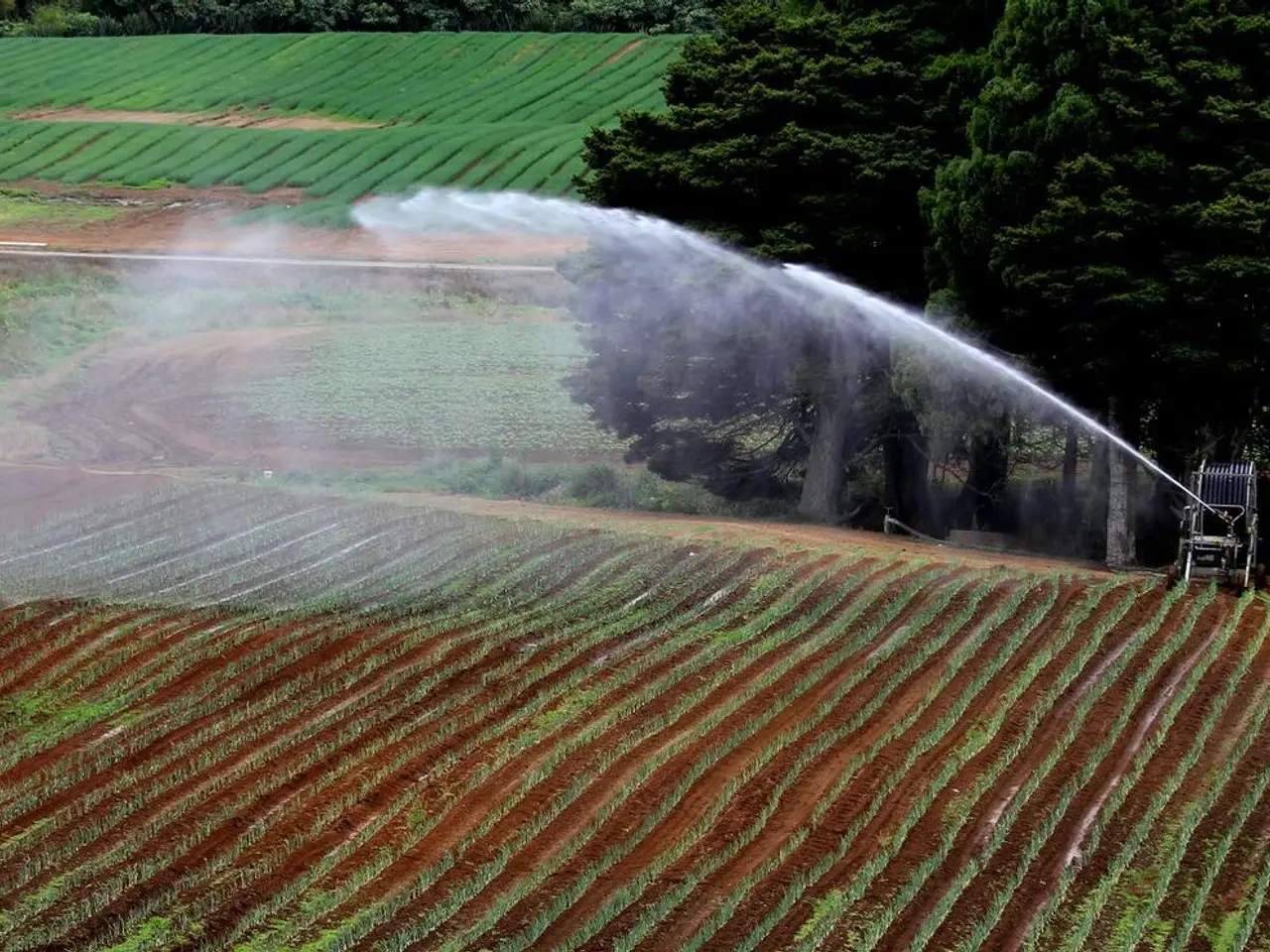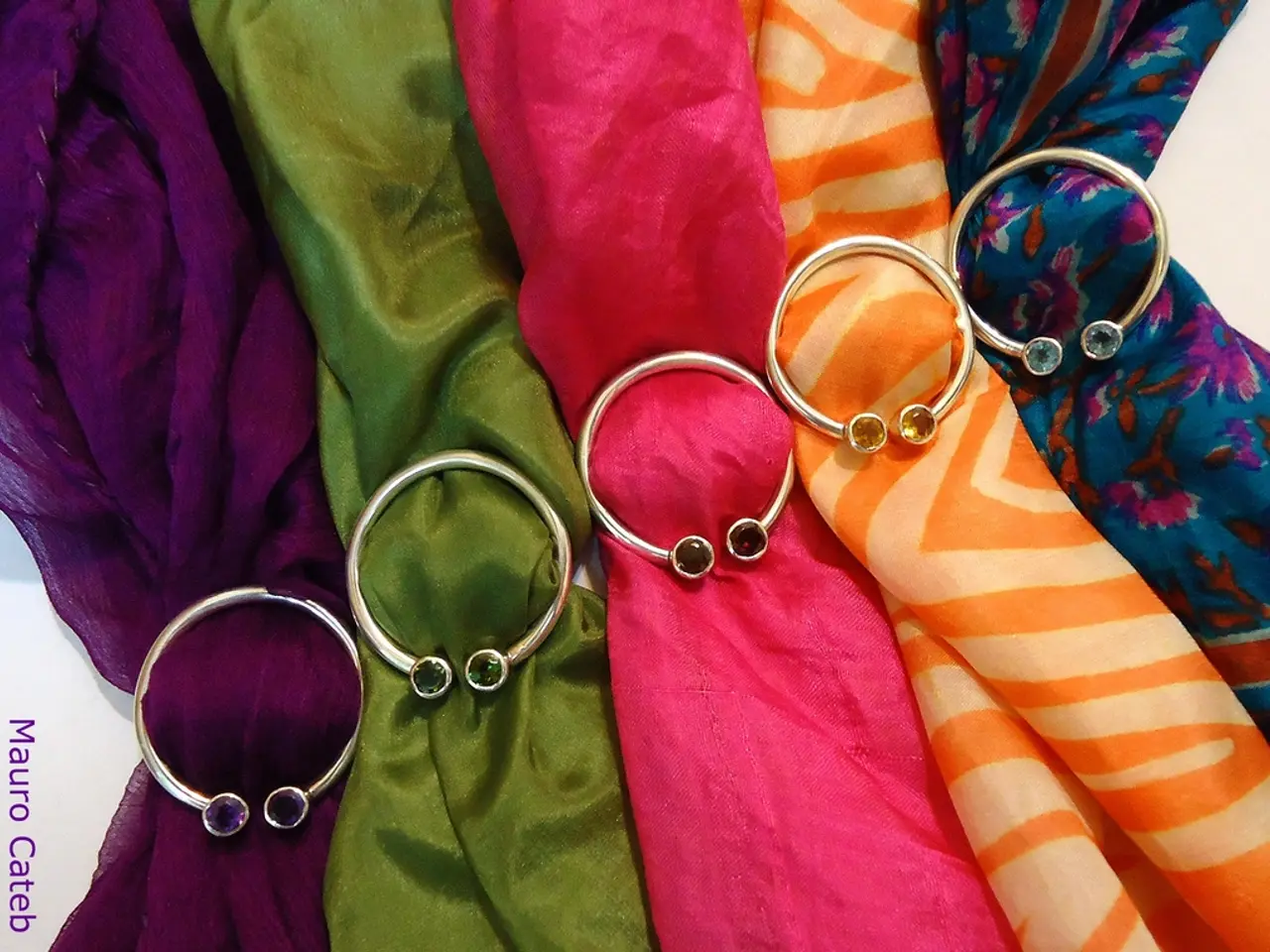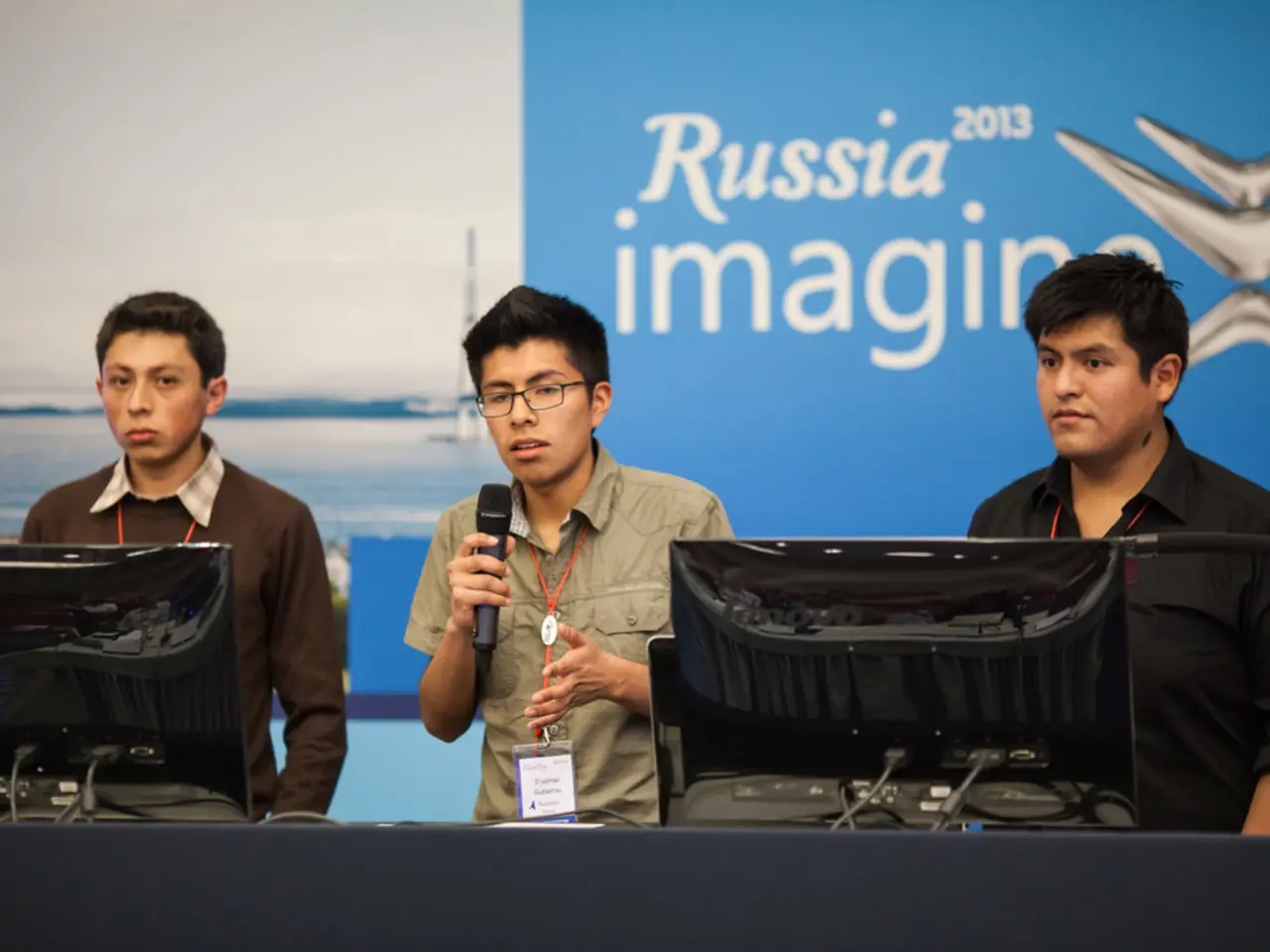Groundbreaking innovation in bio plastics renders them more robust, intelligent, and authentically degradable, mimicking the structure of leaves.
The LEAFF bioplastic, a groundbreaking innovation inspired by the structure of a leaf, is set to revolutionise the packaging industry. Developed by researchers at Washington University in St. Louis, this eco-friendly alternative boasts higher tensile strength, improved shelf life properties, and rapid biodegradability at ambient conditions, making it a promising contender in the $23.5 billion packaging market seeking greener options.
Key Differences
Strength : LEAFF's unique cellulose nanofiber structure grants it tensile strength surpassing that of common petrochemical plastics, including polyethylene and polypropylene. Traditional bioplastics generally have lower tensile strength; natural leaves have tensile strengths between 1-6 MPa, a benchmark that LEAFF significantly improves upon by combining a cellulose nanofiber core film with a PLA coating.
Shelf Life and Barrier Properties : LEAFF offers superior water resistance, film transparency, and low permeability to air and water vapor, critical traits that help keep food packaging stable. These improvements mean LEAFF can maintain product quality better than many traditional bioplastics, which often struggle with moisture and gas barrier properties.
Degradation : Unlike many conventional bioplastics that require industrial composting or high temperatures to biodegrade, LEAFF is designed to be rapidly biodegradable at room temperature, syncing with natural life cycle times similar to leaves. This ambient biodegradability contrasts with traditional bioplastics like PLA, which have slower degradation under natural conditions.
The Way Forward
The study on LEAFF bioplastic has been published in the journal Nature Communications, marking a significant step forward in the pursuit of sustainable packaging solutions. The U.S., with its vast agricultural infrastructure and lower feedstock costs compared to other parts of the world, could have a global edge in bioplastic production.
LEAFF's leaf-like multilayer design enhances low water and air permeability, improving shelf life for food products. Moreover, the surface of LEAFF bioplastic is printable, allowing manufacturers to cut down on packaging costs by not needing separate labels.
The research led by Joshua Yuan, the Lucy and Stanley Lopata Professor and chair of energy, environmental, and chemical engineering at the McKelvey School of Engineering, could contribute to a circular economy by reducing waste and potentially creating jobs and new markets. Yuan is also the director for the NSF-funded Carbon Utilization Redesign for Biomanufacturing (CURB) Engineering Research Center.
Yuan's group is working on technologies to convert agricultural waste, such as corn fermentation products, lignin, and even carbon dioxide, into feedstocks for bioplastic production. This shift towards sustainable materials could pave the way for a more environmentally-friendly future, offering a scalable, sustainable alternative for the packaging industry.
References : 1. Washington University in St. Louis, "New bioplastic mimics the structure of a leaf for improved strength and biodegradability" 2. Nature Communications, "A leaf-inspired bioplastic with enhanced mechanical properties and biodegradability" 3. Washington University in St. Louis, "Researchers develop bioplastic that mimics leaf structure" 4. Phys.org, "New bioplastic mimics leaf structure for improved strength and biodegradability" 5. Science Daily, "New bioplastic mimics leaf structure for improved strength and biodegradability"
- The LEAFF bioplastic, a groundbreaking innovation inspired by the structure of a leaf, showcases the integration of technology and environmental-science, aiming to revolutionize the packaging industry while fostering a more sustainable lifestyle.
- The superior degradation properties of LEAFF bioplastic, such as its rapid biodegradability at ambient conditions, align it with the principles of science and innovation, contributing to a circular economy and reducing environmental impact.
- The research on LEAFF's structure and production, led by Josh Yuan, represents a significant contribution to the field of science, potentially driving job creation, market expansion, and the implementation of greener technology in the packaging industry.




